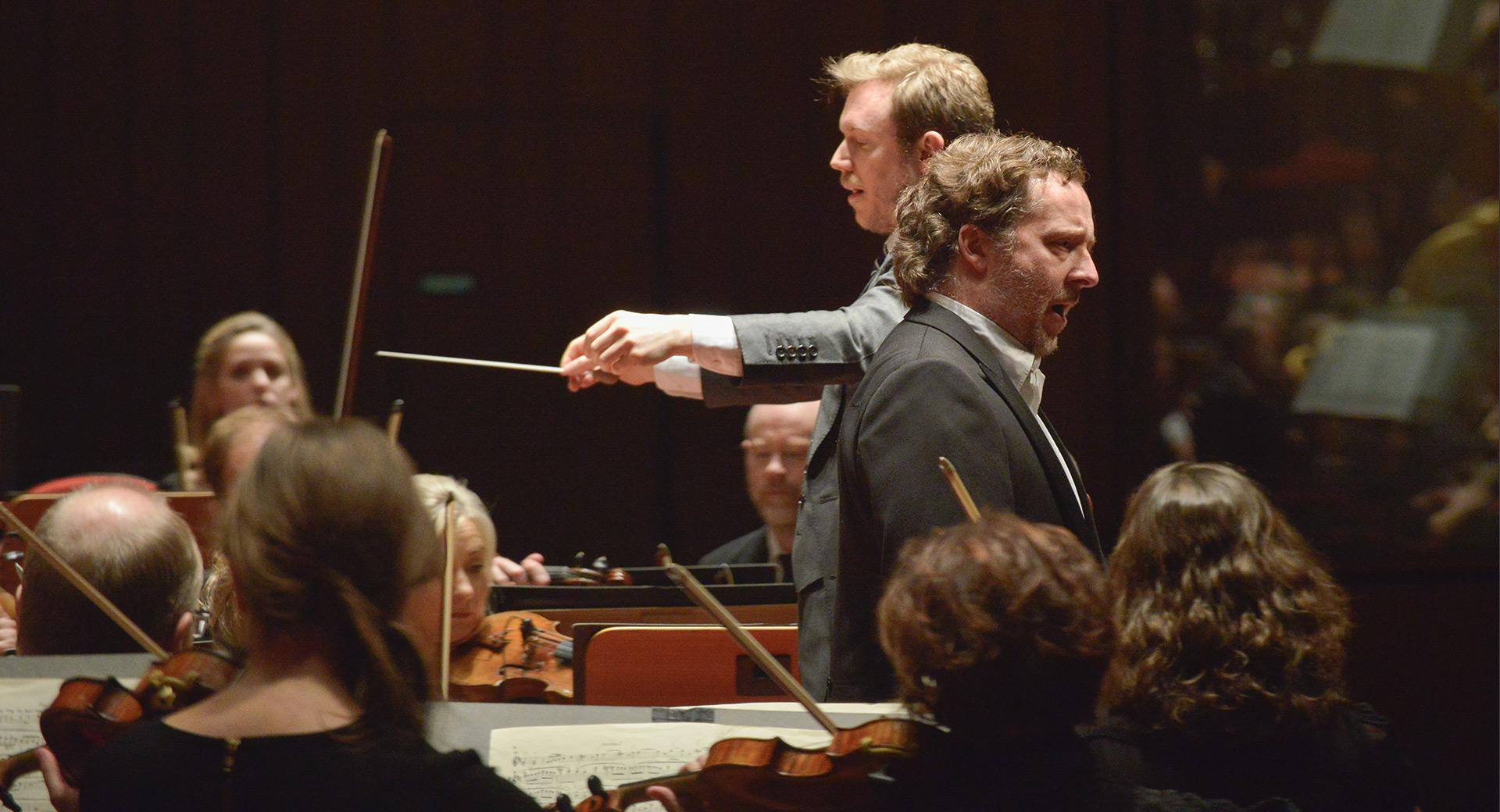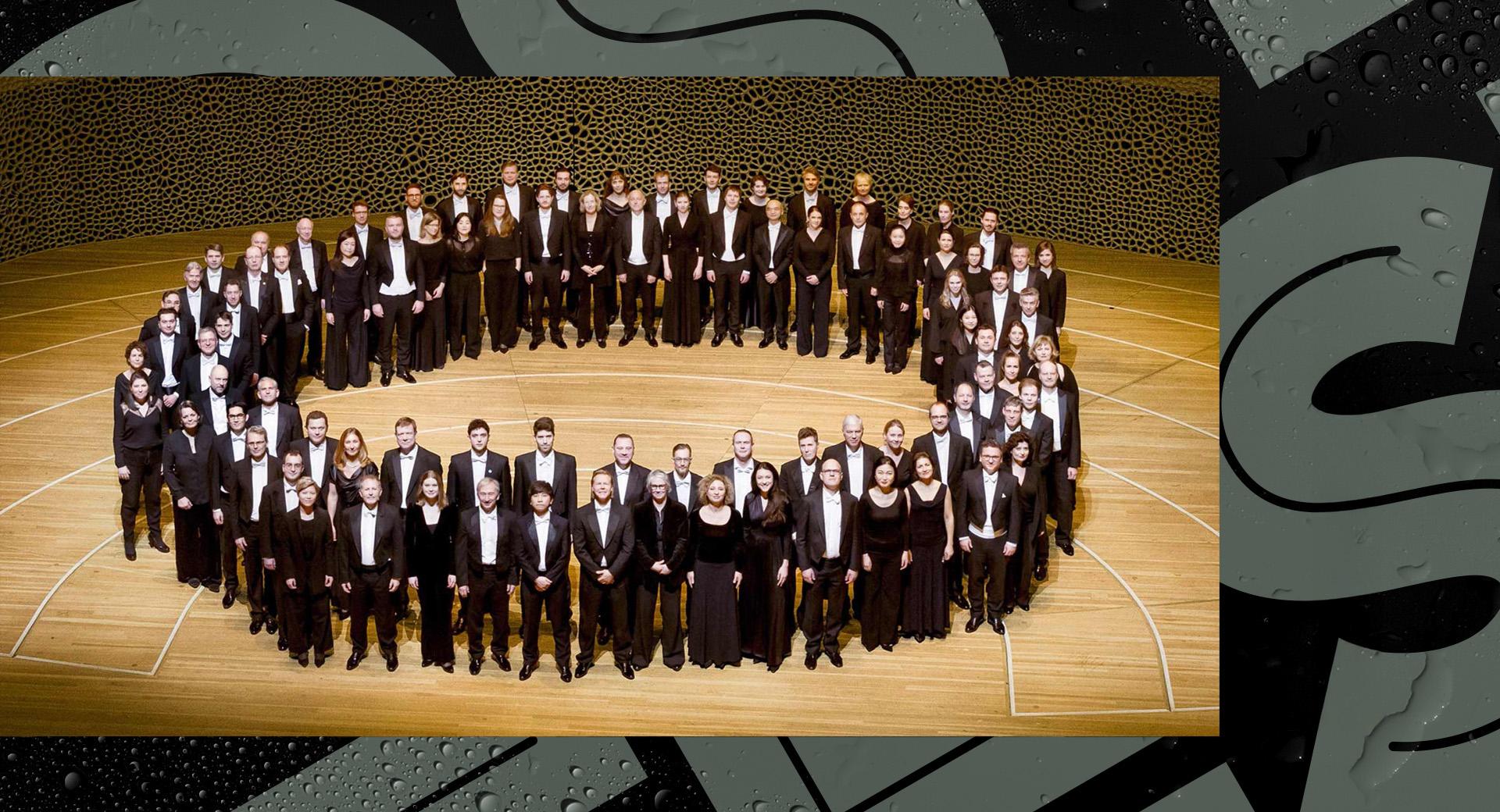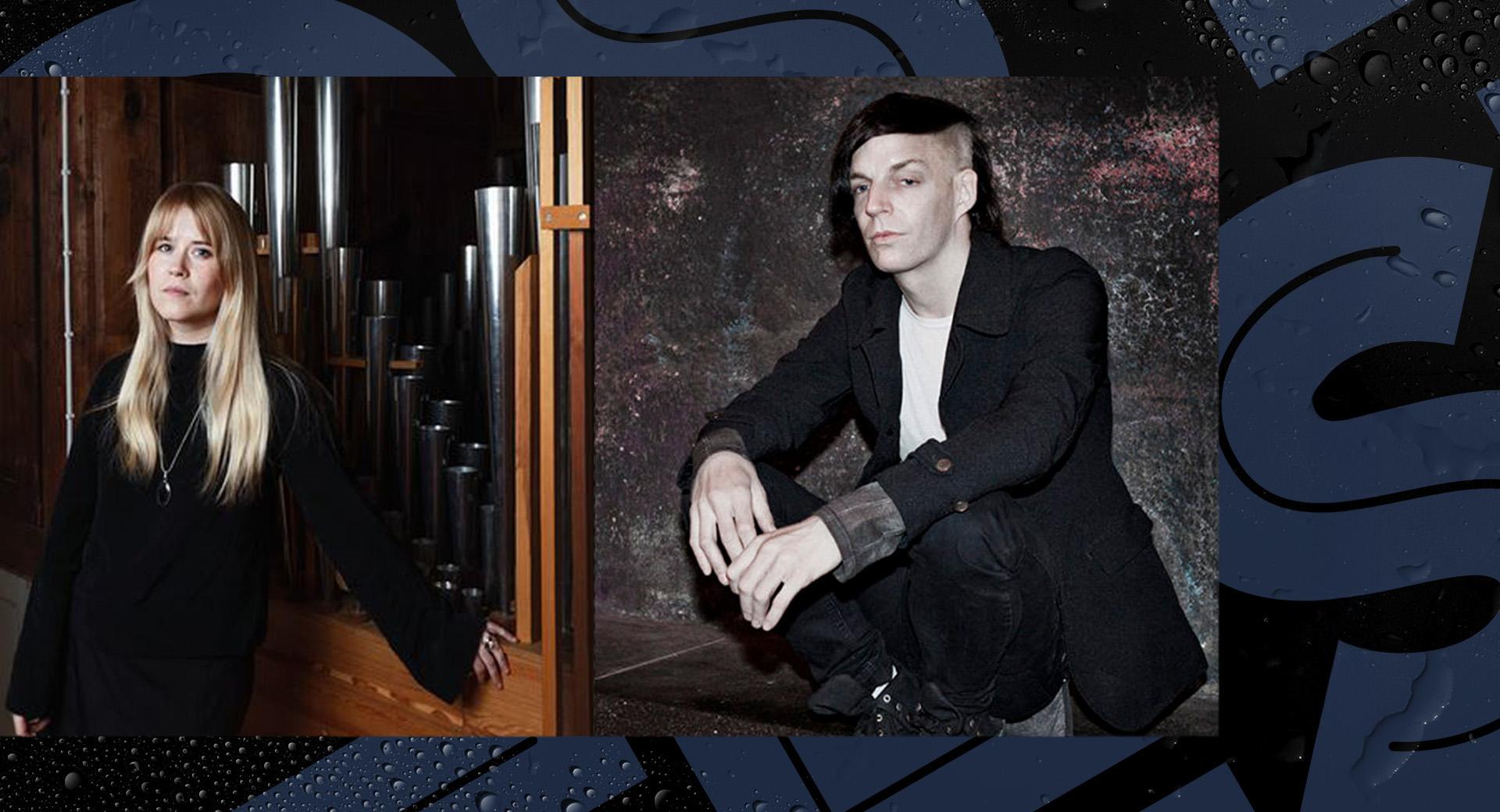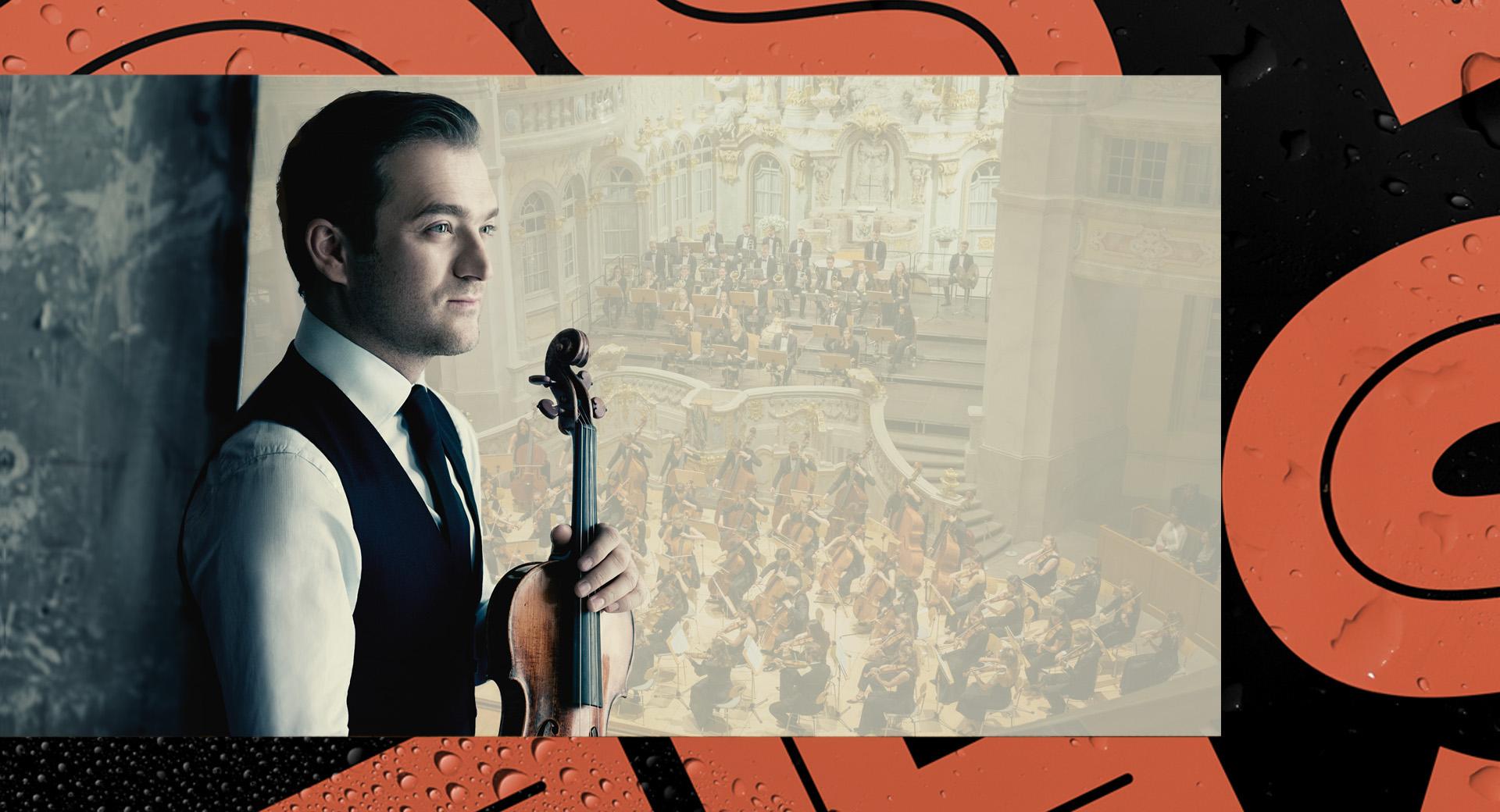Harding, Dvořák & Brahms
Daniel Harding and the Swedish Radio Symphony Orchestra meet the world singer Christian Gerhaher in a concert with music by Antonin Dvořák and Johannes Brahms. Dvořák’s concert overture Othello is named after Shakespeare’s play, and the music contains both thrilling drama and dreamy sounds. The concert is crowned with Brahms’ powerful Fourth Symphony – a work that begins suddenly, ”in medias res”, as if you opened a door to an orchestra that is already playing.
Date has passed
Berwaldhallen
This production is part of one or more concert series.

Approximate concert lenght: 1 h 40 min including intermission



